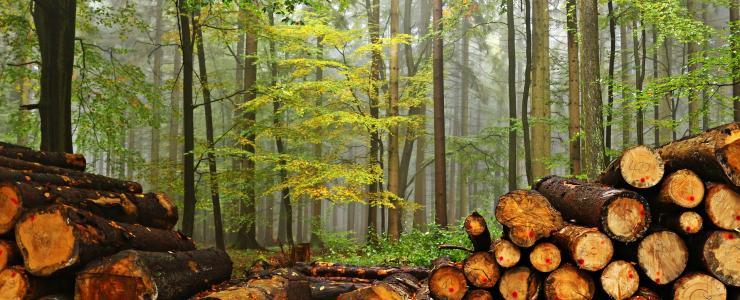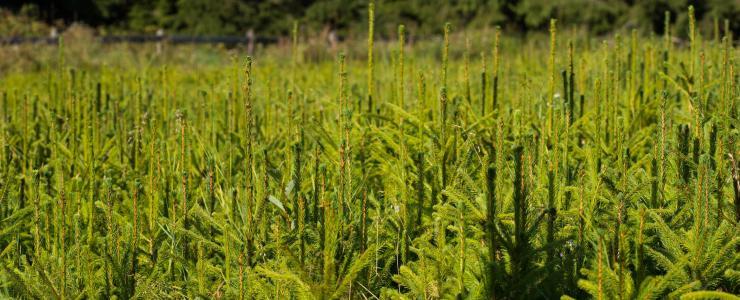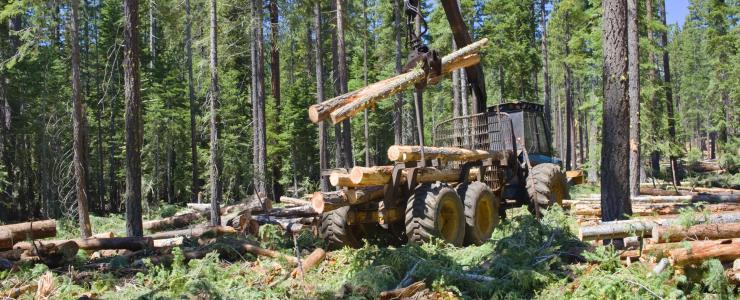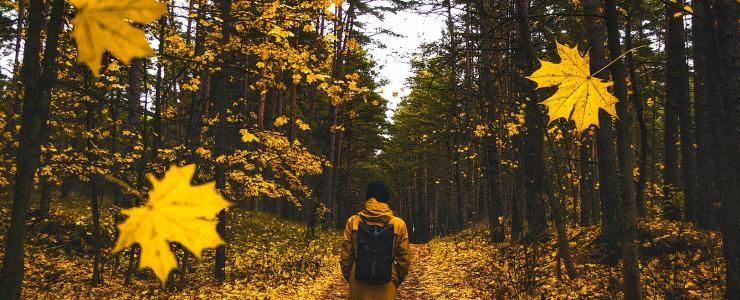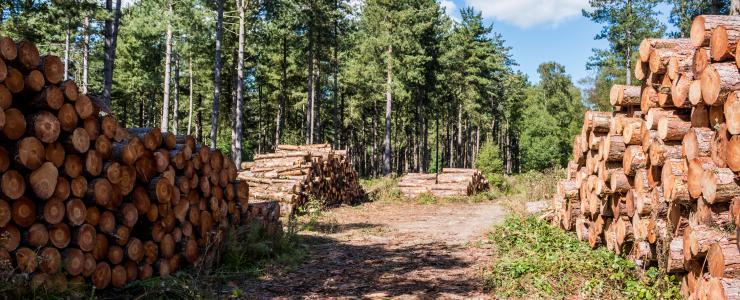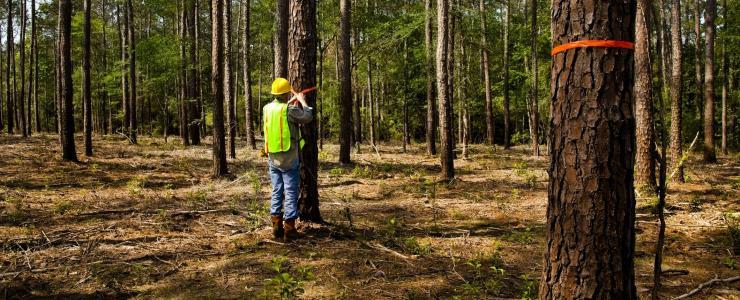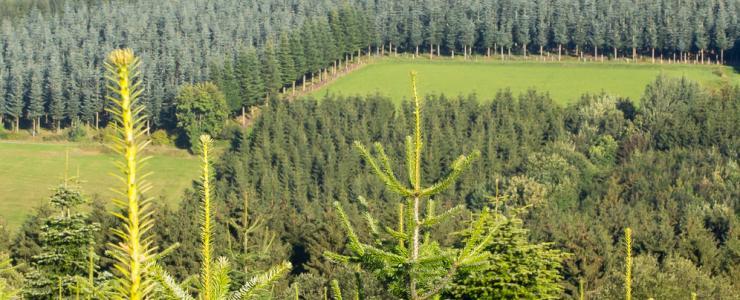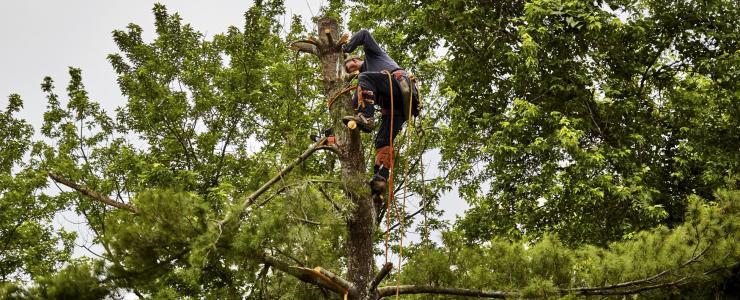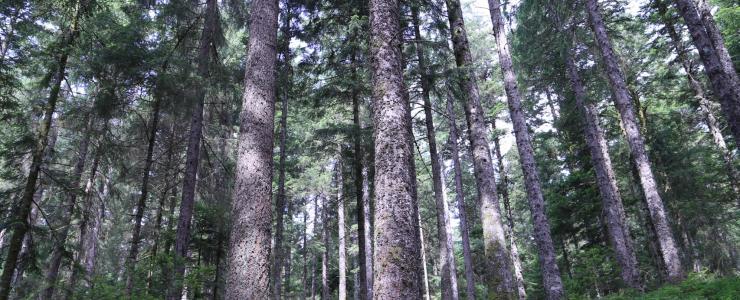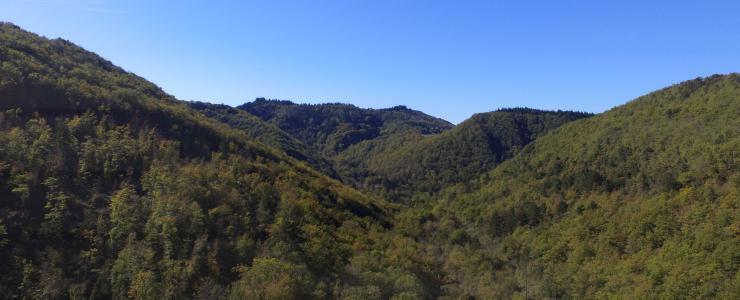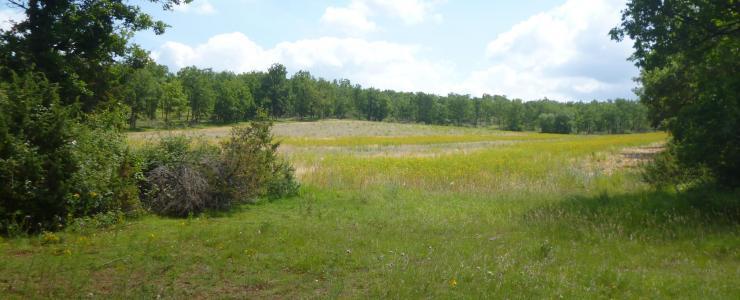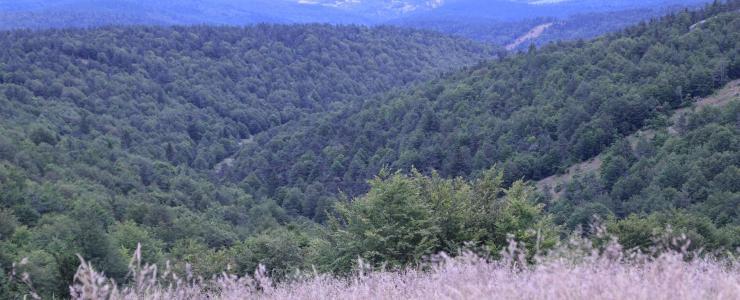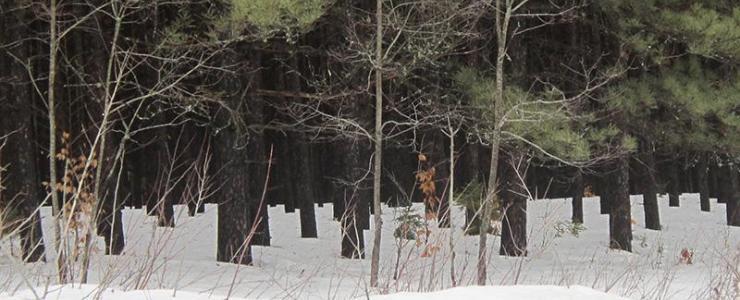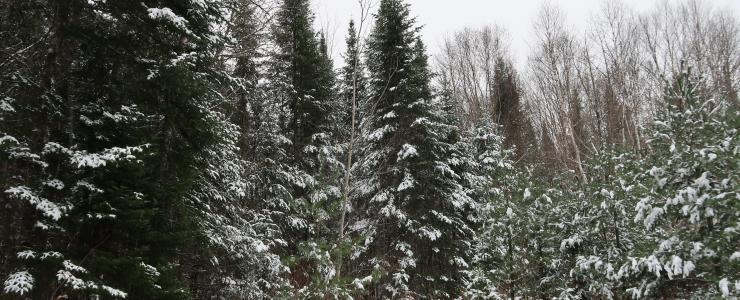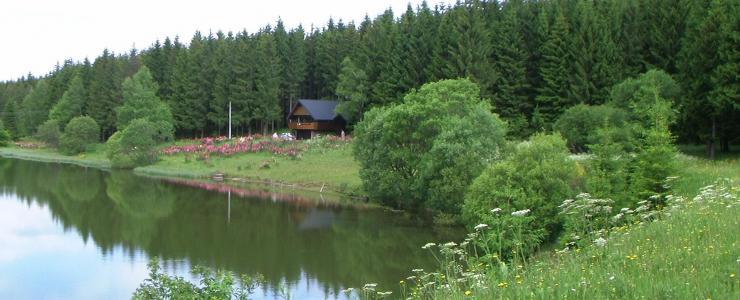Forestry techniques
Maintaining and exploiting a forest, in other words growing trees to develop your asset and generate income, requires the application of certain methods and practices on a regular basis. A well-managed woodland requires thoroughness and knowledge of a range of forestry techniques.
Sustainable management
The aim of any forest owner is to ensure the best possible management of their estate. This requires sustainable forestry methods. In France, forestry policy has been drafted with this in mind and encourages maintenance of the country’s forests.
The forest owner or manager can draw on a range of silvicultural techniques to ensure the durability of their forest through natural or artificial regeneration. They will also endeavor to maintain and improve their asset.
Managing one or more forestry plots involves techniques to regenerate and improve the quality of the stands until the time they are harvested. Good forestry management aims to generate an income from the estate. Yet your financial goals should never cause you to lose sight of the requirement to maintain healthy stands through ongoing, regular forestry work.
Many forestry techniques are centuries old but new methods are also introduced, making use of more modern, faster and safer tools.
When we aim for good forestry management, there are a number of forestry terms we should add to our vocabulary:
Uneven-aged stand or selection system;
This is a specific way of organizing your forest. It means trees of different ages, size and sometimes species stand alongside one another.
Timber stand improvement
This means removing trees to help achieve the owner’s objective for the stand, the most common goal being good quality lumber production. It requires weeding or thinning – the felling of young, non-merchantable trees to remove undesired species. Thinning or improvement cuts reduce the density of stands made up of merchantable trees.
Coppice improvement
Through standard marking or thinning: this means favoring the best specimens, also known as standards or reserve trees, to convert the stand for lumber production.

